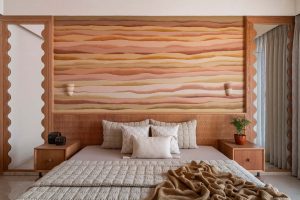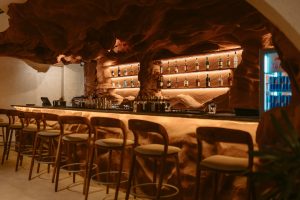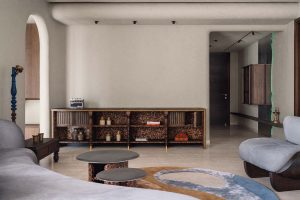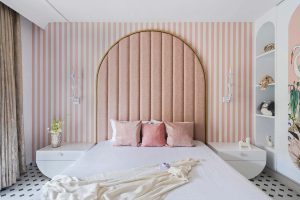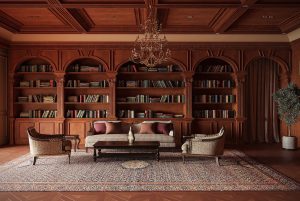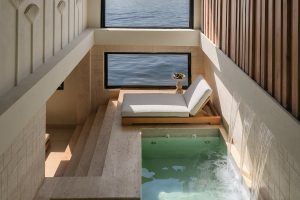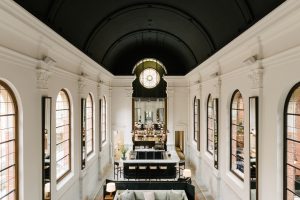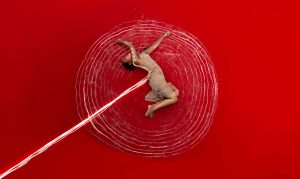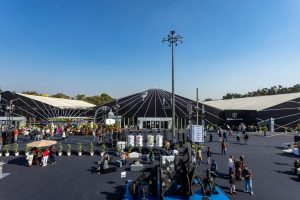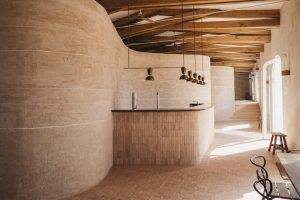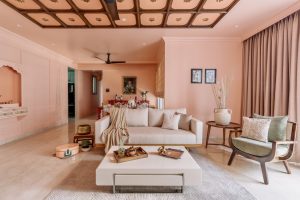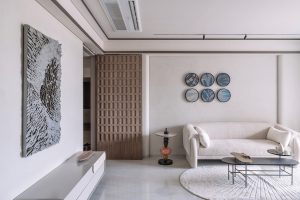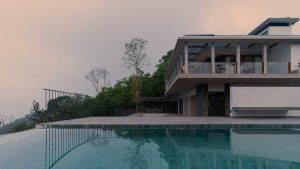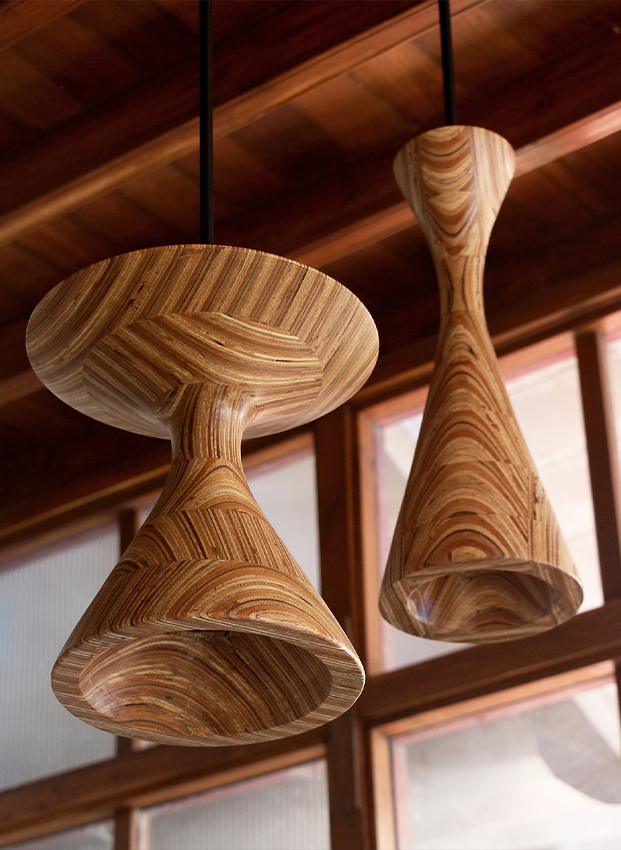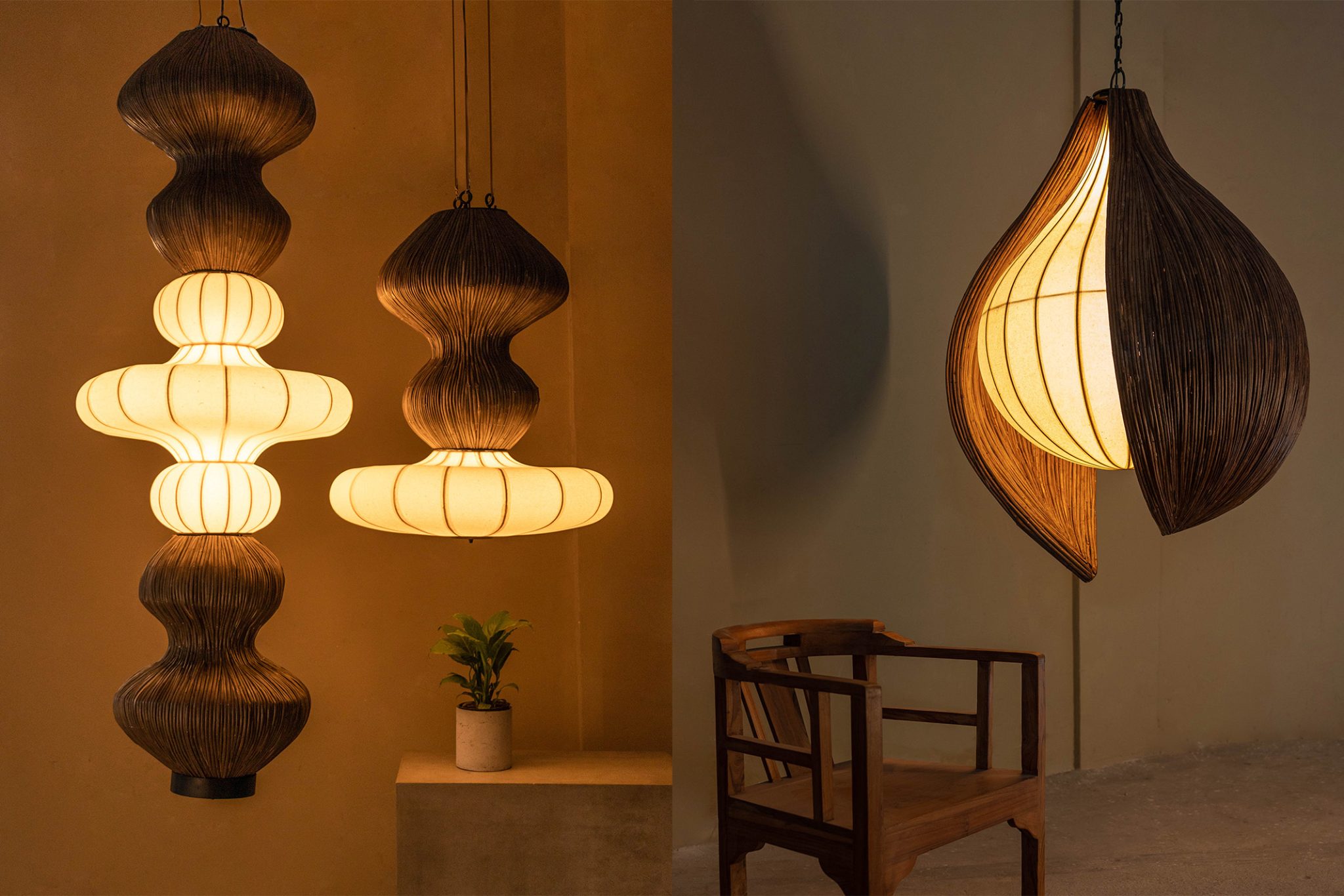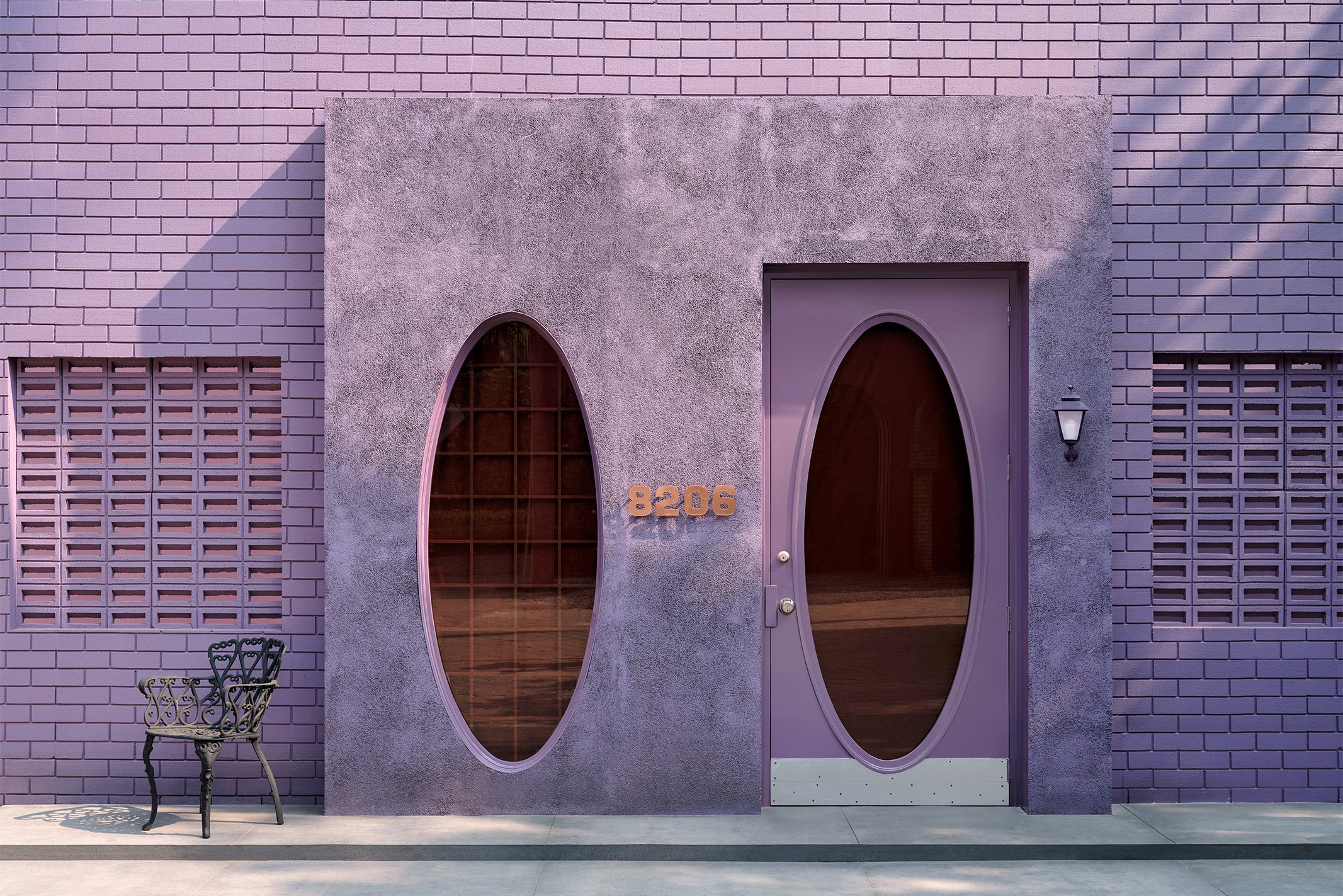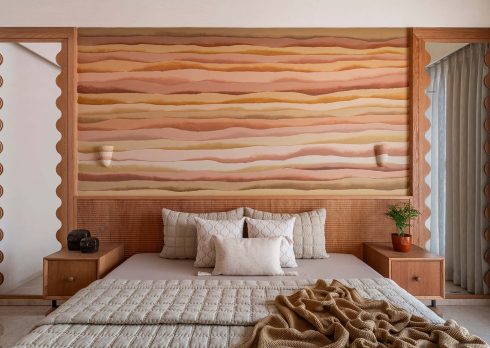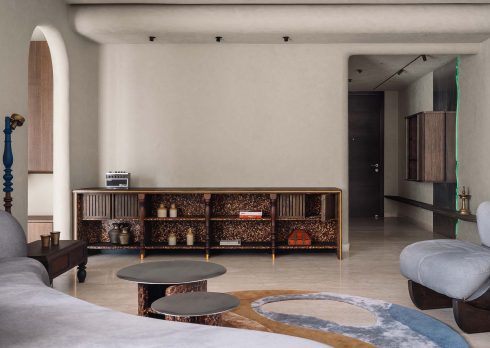Asian Paints Colour Next 2025 Brews A Quiet Revolution In The Design Landscape
Asian Paints ColourNext 2025 unveils a rich dusky hue, titled ‘Cardinal’ as the Colour of the Year, alongside four trend narratives and ‘Spring Tune,’ the Wallpaper of the Year.
In an era where deep connections and raw self-expression carry greater value, the dusky lavender hues of ‘Cardinal’ embody human emotions and their intricacies. In its 22nd edition, the trend-forecasting cadre at Asian Paints’ ColourNext unveils ‘Cardinal’—a rich and contemplative hue that exudes depth and quiet luxury.
“The Colour of the Year, Cardinal, along with the four design directions for 2025, encapsulate these transformations, providing designers and creators with inspiration,” explains Amit Syngle, managing director and CEO of Asian Paints Ltd. ColourNext is a pioneering force that consistently forecasts trends that paint the evolving design landscape and its shifting aesthetics. Helmed under CEO Amit Syngle, ColourNext, since its inception in 2003, has explored India’s social undercurrents, distilling them into a palette of hues and textures that define the aesthetic language of the future.
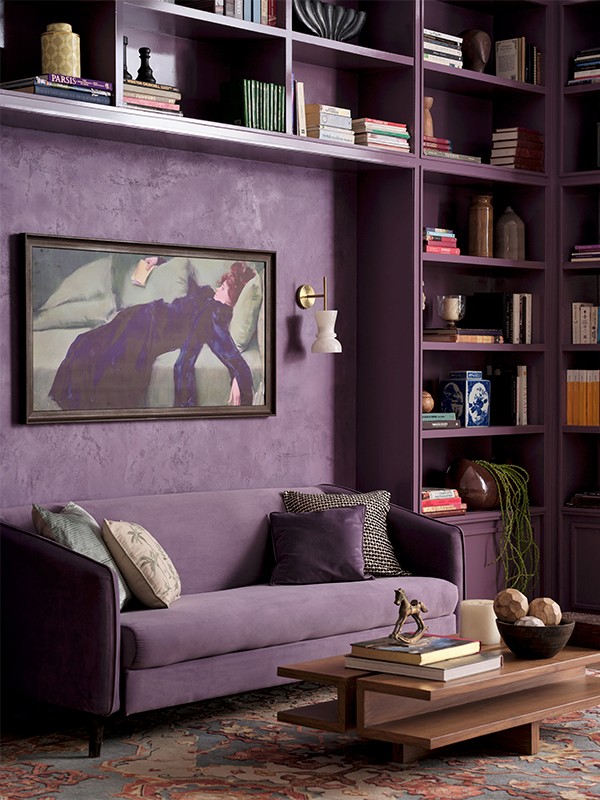
This forecast is based on a year-long collaboration with designers, sociologists, and trend forecasters. ColourNext deciphers cultural shifts across fashion, interiors, tech, and consumer behaviour—mapping how consumers connect with spaces, materials, and colour. With these workshops, expert panels, and material explorations, these insights crystallise into a forecast defining the Colour of the Year, Wallpaper of the Year, and four trend narratives—capturing design’s ever-evolving character.
A Nostalgic Hue With Contemporary Charm
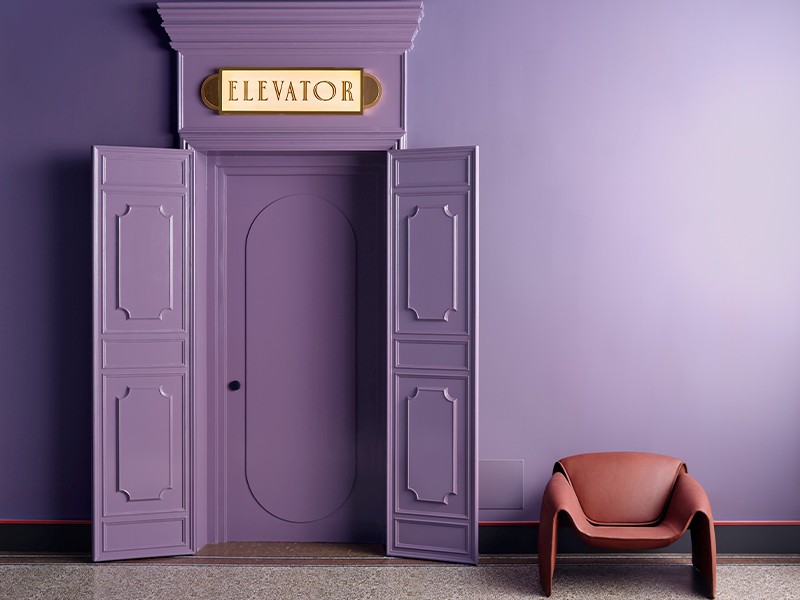
As the relationship between people and their spaces evolves, colour—and its thoughtful placement—emerges as a powerful medium for self-expression, illustrating emotional depth and well-being. In keeping with this, the stark whites and subdued neutrals that once reigned supreme are fading, making way for a richer, more expressive palette. Enter Cardinal—a soft yet striking lavender that exudes nostalgia with a dash of contemporary flair. From hushed whispers to flamboyant declarations, this dusky lavender hue paints a world where warmth, emotion, and a touch of eccentricity become quintessential. Beyond mere aesthetics, Cardinal signals a shift from the digital bemusement and the ubiquitous monotony of hyper-minimalism. Whether drenching walls in its dreamy tone or delivering a punch through statement décor, this colour heralds a new era—where pastels transcend subtlety, shaping spaces with character and a hint of charm.
A Contemporary Revival Of Indian Heritage
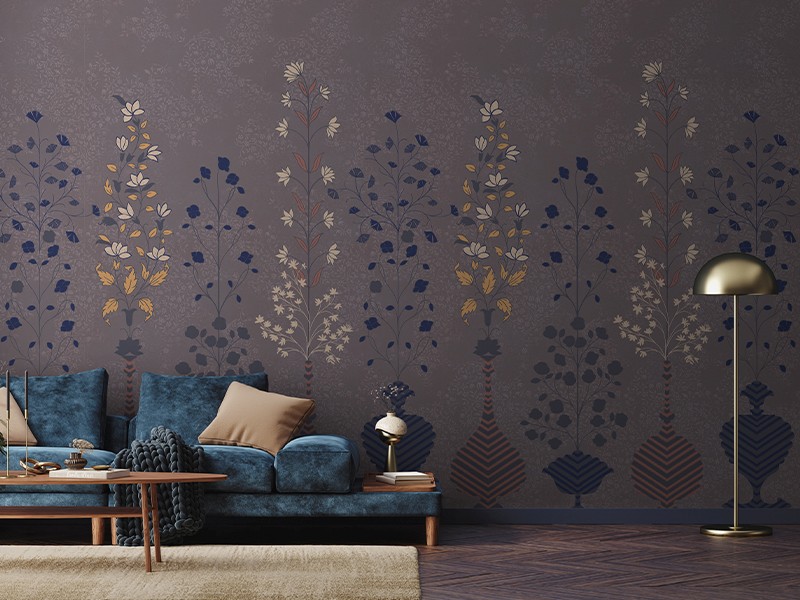
Beyond colour, wallpapers are having a moment as they are no longer just backdrops but bold design statements, with Asian Paints at the forefront. ‘Spring Tune,’ the Wallpaper of the Year 2025, pays an ode to timeless charm with equal portions of nostalgic and contemporary elements. Borrowing from the wistful charm of an ancient Indian courtyard, Spring Tune blooms in a dusky hue, where delicate stems seem to bourgeon from attar jars, crafting a scene that narrates history through every petal. Painting walls with nature’s tunes, the florals etched on the wallpaper are an invitation to pause, breathe, and simply repose.
Colour, Culture, and Change: The 2025 Design Forecast
Asian Paint’s ColourNext has long been an indicator of cultural change, mapping shifts in architecture, media, and consumer behaviour to capture the design’s constantly changing narrative. While the Colour of the Year sets the aesthetic tone, it is complemented by four trend stories: ‘Feel More,’ ‘Salt,’ ‘India Everywhere,’ and ‘Bad Taste?’—each subtly infusing the design landscape with a deeper narrative. These trends span raw emotions to radical luxury, alongside elemental materials to India’s global design voice—each rewriting the rules of self-expression.
Feel More
The Art Of Designing for the Senses
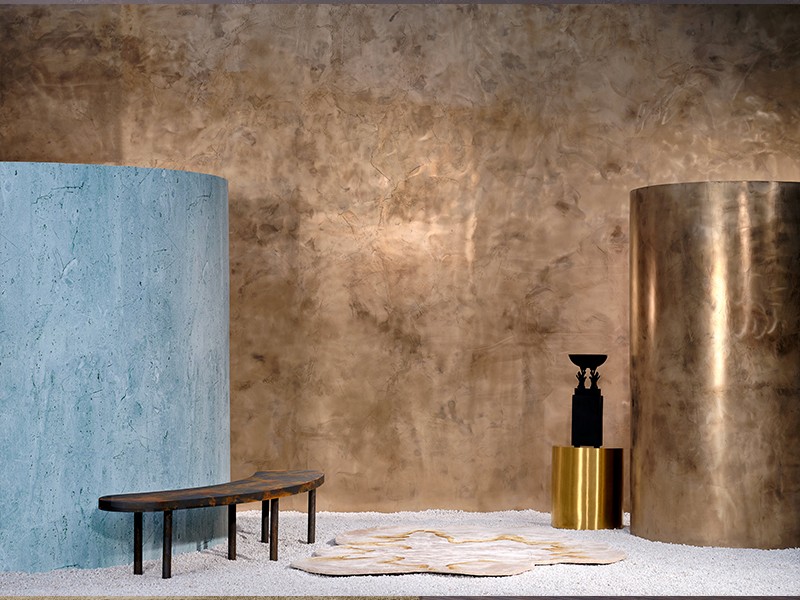
In a world saturated with algorithmic monotony, there is a growing yearning for primal, unfiltered experiences. ‘Feel More’ celebrates bold strokes of thrill, chaos, and emotional expression—without airbrushing the messy bits. Staying true to its name, this design trend swaps sterile spaces for heightened sensory immersion, layering striking textures, colours, and tales that embrace the complexities of human emotion. Here, beauty isn’t about symmetry—it’s about feeling, with a lived-in luxury that is palpable on every surface.
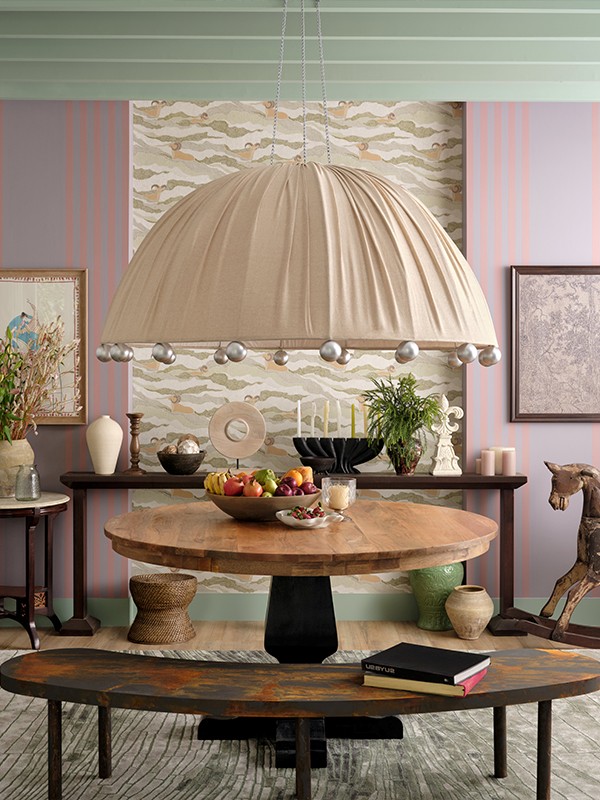
Salt
An Ancient Element Reinventing Design
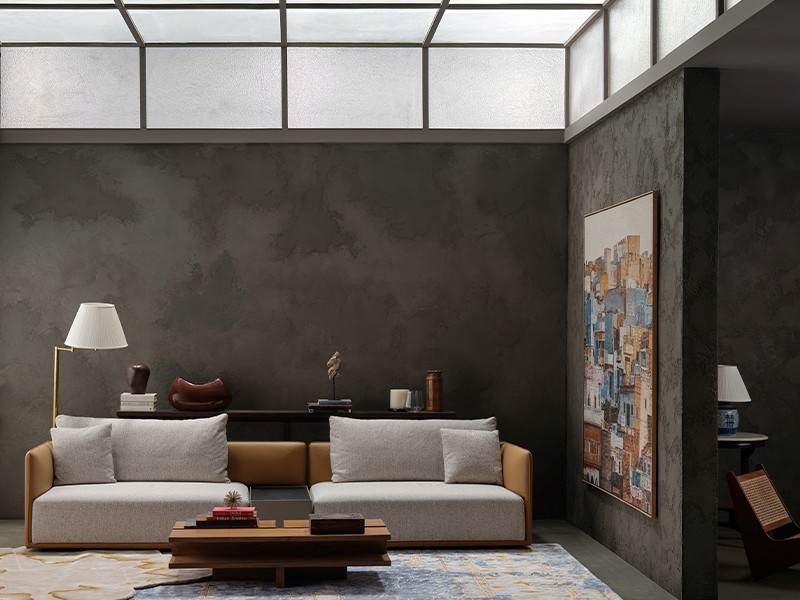
A modest and mundane material, salt tends to be an integral part of our everyday lives. From its crystalline beauty to its sterile and carbon-neutral properties, salt represents sustainability, abundance, and versatility, inspiring infinite possibilities across architecture, interiors, and material applications. The forecasted palette captures this luminescence, with soft, milky hues juxtaposed against a striking Iranian salt blue—a realisation that even the simplest, most unassuming elements can create depth, texture, and a strong visual statement.
India Everywhere
India’s Design Renaissance Transcends Borders
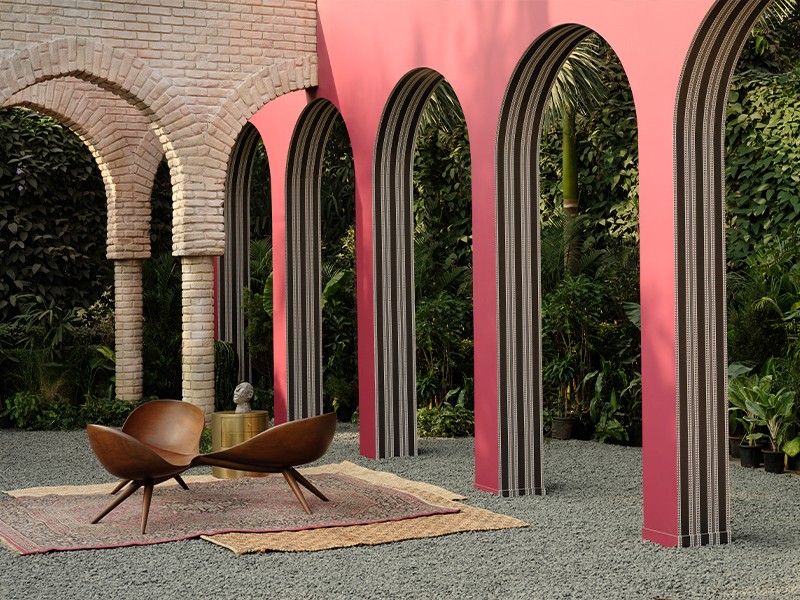
Indian design is shedding past clichés of exoticism and mass production, asserting itself on the global stage with a renewed and evolving identity. As learning, production, and ingenuity thrive, heritage is no longer something to be clarified but instead an innate part of contemporary design. This trend underscores how paradoxes seamlessly converge, from rich contrasts and unexpected juxtapositions to the gallant use of a quaint colour palette. It marks a departure from nostalgia toward a modern, globally relevant aesthetic that feels unmistakably Indian.
Bad Taste?
The Upsurge Of Unapologetic Opulence
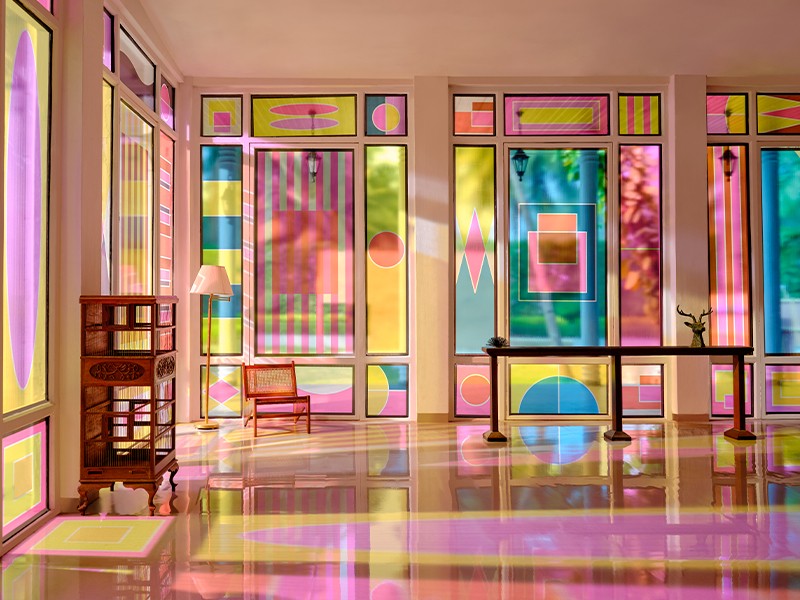
Are we rewriting the rules of opulence—or is this merely a long-overdue rebellion against restraint? In response, this trend challenges traditional notions of minimalism by embracing maximalism, bold self-expression, and irreverence. Once dismissed as garish or excessive, maximalism is staging a revival, defying the rigid codes of ‘good taste’ prescribed by archaic elites. Think gilded embellishments, traditional motifs, and striking contrasts. Imagine an aesthetic that thrives on excess and individuality, marking a shift toward daring, magnetic, and utterly nonconformist expressions of luxury.
As 2025 unfolds, Asian Paint’s ColourNext orchestrates a sensorial symphony where hues, materials, and emotions come together. ‘Cardinal’s’ deep and dusky hue embodies the duality of introspection and self-expression while ‘Spring Tune’ hums a nostalgic melody. The year’s design directions disrupt the conformist notions—’ Feel More’ celebrates raw emotion, ‘Salt’ unveils material exploration, ‘India Everywhere’ redefines India’s design and its global identity, and ‘Bad Taste?’ revels in gallant glamour. It is a declaration that spaces transcend structures as they become transformative and immersive experiences.


